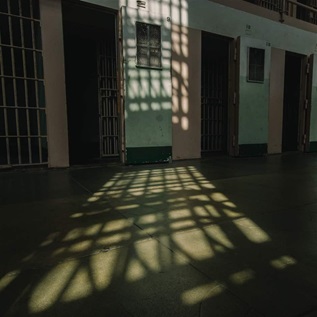Public Safety in Kentucky
This page was updated on June 27, 2017, to reflect new data.
After reforming its criminal justice system in 2011, Kentucky passed comprehensive juvenile justice legislation in 2014 based on recommendations from a bipartisan, interbranch task force. The law strengthens evidence-based programs while restricting the commitment of lower-level offenders and the duration of out-of-home placement. The reforms are expected to reduce the Department of Juvenile Justice’s out-of-home population by more than a third and save Kentucky taxpayers as much as $24 million over five years, 25 percent of which will be reinvested in local, community-based programs.
“We can no longer pour money into a system that produces such disappointing results for taxpayers and for our young people.”—state Senator Whitney Westerfield (R)
In 2011, the Public Safety and Offender Accountability Act implemented a broad series of criminal justice reforms. The legislation was passed in the Senate unanimously and in the House by a vote of 96 to 1 before being signed by then-Governor Steve Beshear (D). The law ensured more prison space for violent and career criminals while helping to stop the revolving door for lower-risk, nonviolent offenders. The reforms are expected to save the state $422 million over 10 years. A portion of the savings will be used in efforts to reduce recidivism, including stronger programs for probation, parole, and substance abuse.
Other highlights include:
1) Population in state custody reduced.
- Out-of-home placements fell 44 percent in the first two years after the law went into effect.
- Pre-court diversion rates increased 28 percent between 2012 and 2016.
- In 2016, felonies accounted for 74 percent of commitments compared with 47 percent in 2012.
2) Better youth outcomes.
- In 2016, 92 percent of youths referred for a public offense complaint successfully completed their diversion programs.
- Recidivism rates remained stable: Three-quarters of diverted cases did not reoffend within one year.
- Probation dispositions are down 35 percent in the past two years, driven by a reduction in low-level youths placed on probation.
3) Taxpayer dollars saved.
- The reforms were initially expected to reduce the out-of-home population by more than a third by 2020.
- The reforms are projected to save up to $24 million over five years.
- 25 percent of those savings will be reinvested in local communities.






